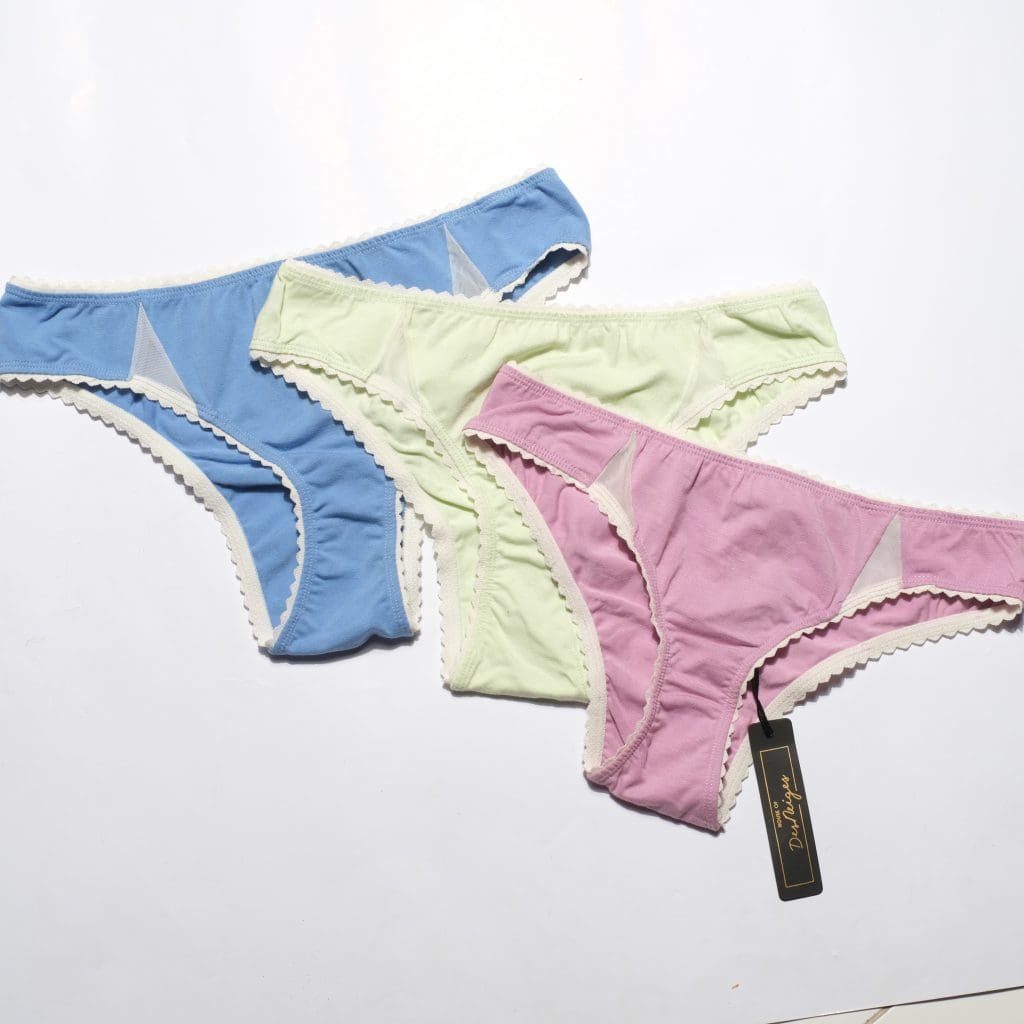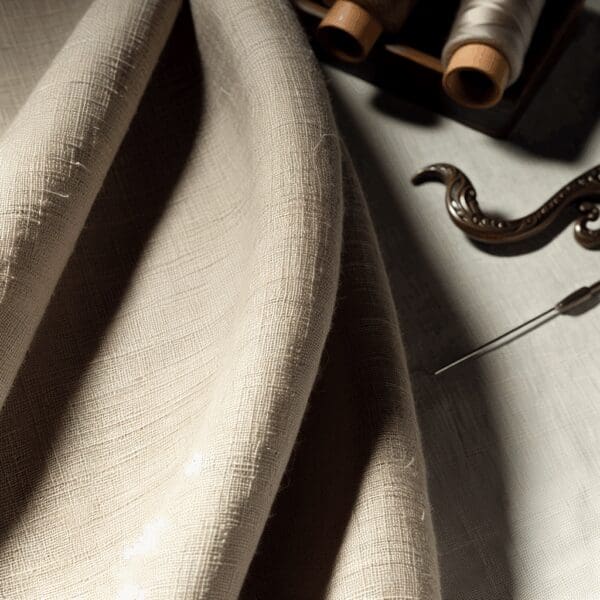Selecting the Best Fabrics for Lingerie
Selecting lingerie fabrics is a complicated issue for many designers. Most designers agree that natural fabrics, such as cotton, bamboo, etc are wonderful on the skin. And with soft, sensitive skin on your “special bits”, you obviously want the best fabric against your skin. However, lingerie is as much of a functional clothing as it is decorative. For this reason, lingerie often requires structural elements such as underwires, boning, pads, forms, and more. It also typically requires at least a certain amount of stretch to maintain the strength required for support. This stretch is provided by elastic fibers which are placed in the fabric itself, in the support bands, or both. This is an important point for any type of undergarment that is intended to be eco-friendly. Since elastic is typically synthetic, it becomes necessary to include at least a certain amount of synthetic fibers in your lingerie design. We’ll discuss here various types of lingerie fabrics and the pros and cons of each type.
Synthetic Fabric Options
If you’ve ever worn a polyester t-shirt on a hot day, then you definitely know what we’re talking about. When you first put the shirt on in the morning it feels the same pretty much as any fabric. But when you walk out in the sun… Wow, big difference! That’s what it’s like wearing a polyester bra. It might be well-fitted, comfortable and all that. But when heat and sweat is involved, then it can be whole different story. The best fabrics for lingerie will be absorbent as well as soft and won’t leave your skin damp and clammy. But that can be a hard combo to find when you’re also trying to design something unique and sexy.
The flip side of this, however, are synthetic performance fabrics. Fabrics such as dri-fit, meshes, and microfibers can be uniquely suited for certain types of intimates. They’re typically polyester or nylon based and can be just the perfect thing for active use, form-fitting, body support and other specific uses.
Natural Fabrics in Lingerie

Natural fabrics are best for everyday lingerie.
A natural fabric typically has good moisture absorption. But the downside is that once it absorbs the moisture, then it tends to hold it and is much slower to dry. Cotton underwear, for example, will have a far longer dry time than a polyester or nylon underwear fabric. Again, there’s a trade-off here. The synthetic might cause you to sweat more, but the cotton will hold the moisture longer.
If you do use a natural fabric for your lingerie, you’ll almost certainly need to consider one that has spandex added for shape & support. Natural fibers on their own don’t hold their shape very well. If you’ve ever gone swimming in cotton undies or shirt, then you’ll know what I’m talking about. The fabric gets heavy when it’s wet and it droops and pulls unevenly. Even after drying, you’ll find that most natural fabrics will have some amount of deformation. A clothes dryer helps perk them back into shape, but while you’re wearing them still wet, you’ll have a hard time counting on them to keep their shape. That’s exactly why natural fibers are sometimes tricky for lingerie.
Our Recommendation
So, what’s the best fabric for lingerie? We recommend that you consider first how your lingerie is intended to be used. If you’re designing for a situation where sweating is guaranteed, such as a fitness class, then you’ll definitely want to consider a synthetic material like dri-fit polyester or another activewear fabric. That type of fabric will dry more quickly, offer more support, less chance of bad odors. Definitely a more popular choice for active lingerie. If you’re designing a line that’s intended for daily use in the home, school or office, then you’ll probably want to consider fabrics that won’t encourage sweating, such as cotton or bamboo. Anywhere with air conditioning or a comfortable, moderate climate would be a perfect use for natural fabrics.
But what about lace and netting and all that fancy stuff? Well, it’s all pretty much going to be synthetic for sure. Lace and netting is very breathable, of course, so it’s comfortable from that standpoint. But really, if you’re designing sexy lingerie with lace and other details, then who the hell cares what it’s made of? It’s probably not going to be worn all day anyway! 😀
We hope that helps! If you’re interested in more fabric comparisons, check out our article about nylon vs. polyester swimwear fabrics.



Let’s talk and we want to understand how you do the work, for our online brand